Content
- How vibration is felt in the ear, what sensations may accompany the symptom
- The effect of a symptom on a person's well-being
- Causes and additional symptoms
- Glomus tumor
- Aneurysm
- Sensorineural hearing loss
- Cardiovascular pathology
- ENT organ pathologies
- Traumatic brain injury
- Osteochondrosis
- Emotional stress
- Diagnostic methods
- Treatment regimens depending on the type of disease
- Ear vibration video
Vibration in the ear or tinnitus - a clinical syndrome that occurs due to impaired blood flow, trauma and diseases of the hearing organs. Incessant noise may indicate the development of pathologies characterized by deafness. Medication for tinnitus is required if the discomfort persists within a few days.
How vibration is felt in the ear, what sensations may accompany the symptom
Vibration in the ear (the reasons for the development of the clinical syndrome can be different) is accompanied by unpleasant sensations.
Patients describe the discomfort as:
- monotonous vibration;
- persistent hum;
- vibration alternating with crackling.
Usually the vibration occurs suddenly. Many patients are not able to trace the relationship between the development of a clinical symptom and the influence of environmental factors on it. A person can feel vibration for several days. This factor is very annoying. The patient experiences negative emotions, which negatively affects his health and performance.
Tinnitus can be bilateral or unilateral. The syndrome is often accompanied by a sharp sharp pain in the temples or ear. If the vibration is caused by impaired blood flow, then extraneous noise can almost completely drown out other sounds. To make an accurate diagnosis, it is necessary to determine the type of noise.
By sound characteristics, vibration is divided into several categories:
| Category | Description |
| Objective | Hearing impairment is quite rare in practice. The vibration can be heard by the doctor when listening to the ear with a stethoscope. |
| Somatic | The clinical syndrome is caused by arousal of the auditory analyzer. Vibration in the ear can be caused by careless touch or sudden movement. |
| Neurological | This type of vibration is caused by damage to receptors. It can be accompanied by severe dizziness. |
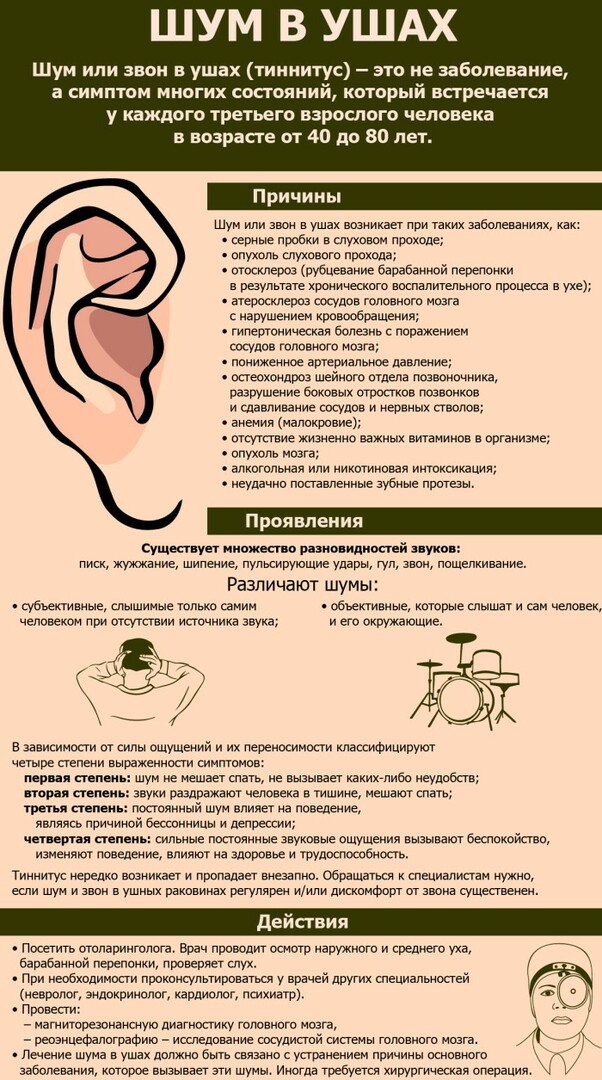
In practice, subjective vibration is more common. The clinical syndrome is often provoked by some loud sound (beep, bang).
The effect of a symptom on a person's well-being
Prolonged, incessant vibration can negatively affect the patient's performance and general well-being. He becomes aggressive and irritable. Most often, vibration begins to disturb a person at night. The patient is suffering from insomnia. After a short nap, he wakes up tired and overwhelmed.
Causes and additional symptoms
Vibration in the ear (causes vary depending on the type of noise) is often accompanied by dizziness. The predisposing factor that provoked the development of noise can only be identified by an otolaryngologist after a detailed examination.
The main causes of vibration in the ear are:
- glomus tumor;
- aneurysms;
- sensorineural hearing loss;
- disease of the heart and blood vessels;
- pathology of the organs of hearing and respiration;
- traumatic brain injury;
- osteochondrosis;
- disorders of the psycho-emotional background.
Vibration in the ears can develop against the background of congenital anomalies of the hearing organs (Goldenhar syndrome, microotia).
Glomus tumor
Paraganglioma or glomus tumor is a benign neoplasm from paraganglia of the nichromaffin type. They are located in the tympanic cavity. The exact reasons for the development of pathology are unknown. Scientists suggest that active tumor growth is provoked by external aggressive factors. Also, the disease can be transmitted from parents to children.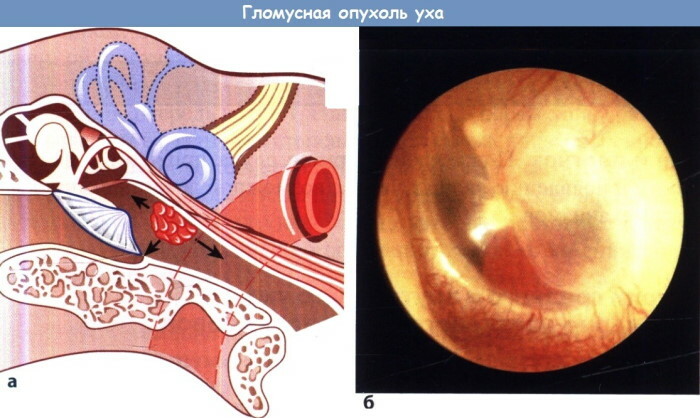
The main symptoms of paraganglioma are considered vibration in the ears and hearing loss. Pulsating noise with sudden movements and tilting the head down increases. Provided that the tumor has grown into the ear canal, there is a high risk of minor bleeding caused by a violation of the integrity of the neoplasm.
The accompanying symptoms of paraganglioma also include:
- fatigue;
- weakness;
- headache;
- decreased performance;
- deterioration in concentration and memory;
- vestibular disorders;
- spikes in blood pressure.
Against the background of persistent headache and hypertension, the risk of developing nystagmus is high. People who are sick may suddenly faint.
Aneurysm
Vibration, pounding, or ringing in the ears occurs with a brain aneurysm. Pathology is characterized by protrusion of the vascular wall. With a loss of elasticity in a certain area, under the pressure of blood flow, a bubble forms on the surface of the aorta.
Aneurysms are classified by size:
- more than 2.5 mm - giant;
- 1.6-2.5 cm - large;
- 1.1-1.5 cm - medium;
- up to 1 cm - small;
- up to 0.3 cm - miliary.
Patients with suspected aneurysm (single or multiple) often complain of strong vibration in the ears. They compare it to the sound of the surf. Vibration occurs against the background of impaired blood flow. If the aneurysm is tumor-like in nature, then patients experience partial loss of vision and hearing: the bulging walls of the blood vessel put pressure on the corresponding parts of the head brain.
Aneurysm formation is a life-threatening condition. In the absence of timely adequate treatment, the risk of rupture of the vascular wall increases. The main symptom indicating a violation of the integrity of the aorta is severe, sharp pain. Determining its location can sometimes be quite difficult - the spasm is wandering in nature.
When an aneurysm ruptures, the patient feels vibration in the ears. Then he has uncontrolled vomiting, which is difficult to stop, even with medication. The rupture of the aneurysm is accompanied by internal bleeding. The defeat of the parts of the brain provokes the development of neuropsychiatric disorders.
Sensorineural hearing loss
Vibration in the ear (the causes of the development of the syndrome are determined after a thorough diagnosis) occurs with hearing loss. Sensorineural (sensorineural) hearing loss is a pathology characterized by damage (bilateral, unilateral) of the organ of hearing. With NBT, there is a violation of the functional activity of the analyzer.
The pathological process affects the cortex and brain stem, nerve conductors, areas of the internal cavity. There can be several reasons for the development of the disease.
They are conventionally divided into 2 categories:
- acquired;
- congenital.
At risk are people who have close relatives suffering from:
- sensorineural deafness;
- neurofibromatosis;
- Alport syndrome;
- Lange-Nielsen syndrome;
- Pendred's syndrome;
- Usher's syndrome;
- Stickler syndrome.
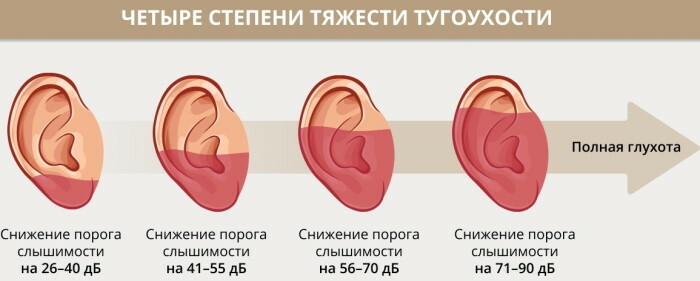
Pathologies that can provoke sensorineural hearing loss:
- diseases of the cardiovascular and circulatory system (atherosclerosis, arterial hypertension);
- violations of the functional activity of the endocrine system;
- severe intoxication (poisoning with household chemicals, medicines, alkalis, acids);
- diseases of infectious etiology (meningitis, scarlet fever, measles, mumps, acute respiratory infections).
Sensorineural hearing loss can develop against the background of physiological aging.
Cardiovascular pathology
Diseases of the cardiovascular system include the following pathologies:
- endocarditis;
- pericarditis;
- myocarditis;
- Ischemic heart disease;
- myocardial infarction;
- angina pectoris;
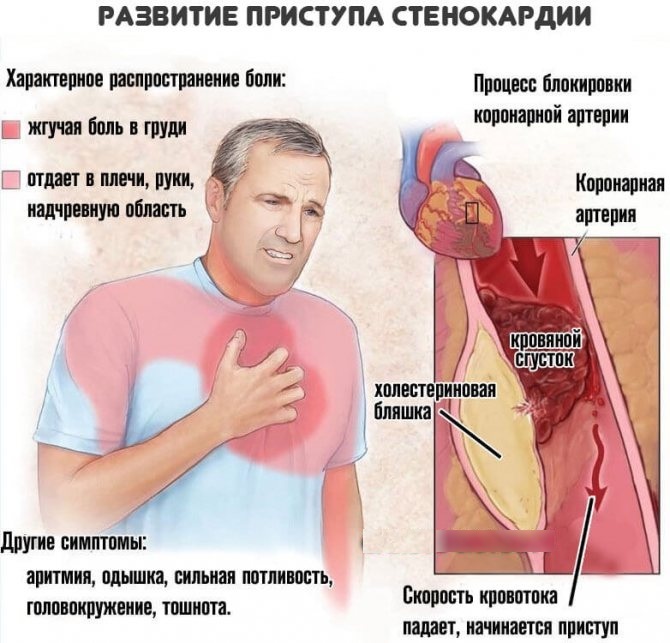
- arterial hypertension;
- atherosclerosis;
- vegetative-vascular dystonia;
- extrasystole;
- arrhythmia;
- tachycardia;
- bradycardia.
Diseases of the cardiovascular system are considered the most common cause of death and disability. Defects can be acquired and congenital.
Common symptoms that indicate the development of cardiovascular pathologies are:
- pain radiating to the scapula, shoulder or sternum;
- blood pressure surges (more than 150 mm Hg);
- increased heart rate;
- vibration in the ears;
- swelling.
Almost all of the above pathologies at the initial stage of development can be cured with medication
ENT organ pathologies
The group of ENT organs includes ears, nose, throat and adjacent anatomical planes. They are closely interconnected among themselves.
ENT diseases include:
- tonsillitis;
- pharyngitis;
- laryngitis;
- eustachitis;
- otitis;
- tympanitis;
- sinusitis;
- sinusitis;
- hearing loss;
- dysphonia.
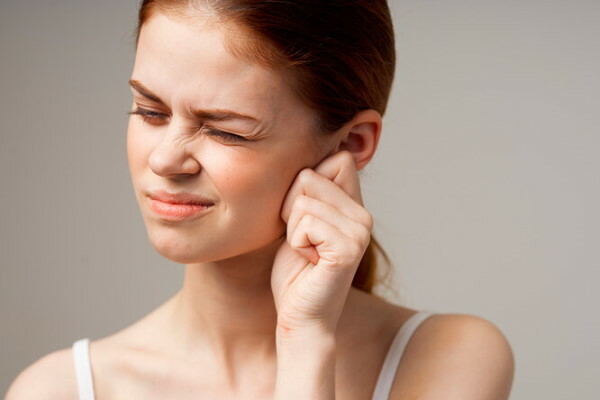
Often, pathologies of the ENT organs develop against the background of the penetration of pathogenic microorganisms and viruses into the body. In the absence of adequate treatment, the risk of complications is high.
The characteristic symptoms of ENT diseases include:
- the presence of discharge from the ears or nose;
- vibration, noise, pounding in the ears;
- labored breathing;
- partial or complete loss of smell, hearing, taste;
- pain in the ear or throat;
- enlarged lymph nodes;
- headache.
Sinusitis, sinusitis, otitis media, pharyngitis, laryngitis, tonsillitis can be classified as inflammatory diseases.
Traumatic brain injury
Vibration in the ear is often a concern for patients after traumatic brain injury. Autonomic disorders are considered the reasons for the development of the clinical syndrome. TBI is accompanied by a violation of the integrity of the soft tissues and / and the bones of the skull.
There are several main clinical forms:
- compression;
- diffuse damage;
- injury;
- shake.
The causes of head injuries can be roughly divided into 2 categories:
- primary - occur with mechanical damage to the bones of the skull and brain;
- secondary - develop as a result of edema, hemorrhage, hematomas.
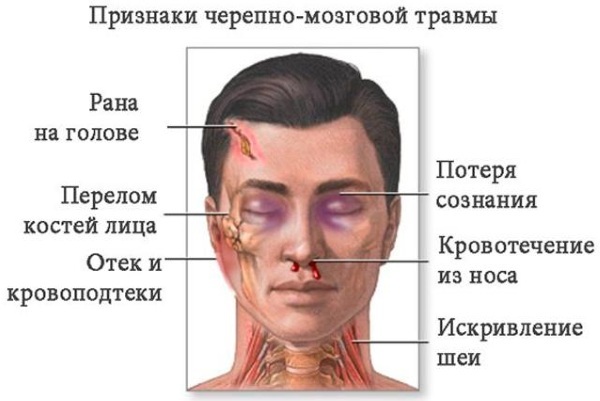
Types of TBI:
- non-penetrating open (the integrity of the meninges is not broken);
- penetrating open (the integrity of the meninges is broken);
- closed (the integrity of the skin is preserved, internal fractures).
The most common reason for the development of craniocerebral injuries is falls from a great height, impacts with heavy objects.
There are several periods of TBI:
- remote;
- intermediate;
- spicy.
Symptoms indicating the development of traumatic brain injury include:
- loss of consciousness (usually short-term);
- amnesia (antegrade, congrade, retrograde);
- increased breathing;
- short-term vomiting;
- temperature jumps;
- headache;
- vibration, ringing in the ears;
- cold sweat;
- dizziness;
- weakness.
Most of the symptoms disappear on their own after 7-10 days. Some asthenic disorders can persist for 2–3 weeks. With severe traumatic brain injury, the risk of coma is high. Damage to the brain and bones of the skull can be accompanied by internal bleeding.
Osteochondrosis
Osteochondrosis is a pathology characterized by degenerative disorders of the integrity of the intervertebral discs and vertebrae. The main reason provoking the development of pathology is the overload of the spinal column. Osteochondrosis can be diagnosed not only in an elderly patient, but also in a teenager.

Also, the reasons for the development of the disease include:
- anomaly Chiari, Chimerli;
- anomalies of the craniovertebral type;
- posture disorders;
- hypodynamia.
Osteochondrosis is also common in people with a sedentary lifestyle. Pathology is characterized by the loss of hydrophilic properties of the nucleus pulposus and the violation of the integrity of the fibrous tissue.
Symptoms of osteochondrosis:
- pain radiating to the scapula, lower back, chest, collarbone, heart and lungs;
- short-term dizziness;
- slight limp;
- myositis;
- paresis;
- weakness in the upper and lower extremities;
- slight numbness of the skin, tingling sensation;
- aches.
In the absence of adequate, timely treatment, the risk of complications. Vibration or pounding in the ears can occur when blood vessels inside the spinal column are compressed.
Emotional stress
Vibration in the ears can indicate the development of psycho-emotional disorders. In an unusual (extreme, stressful) situation, a person experiences different feelings, which are called emotions. Thanks to them, people express their attitude towards others.
A person's psycho-emotional reaction to a particular event consists of several factors:
- external manifestations (gestures, facial expressions);
- violations of some physiological reactions (tears, cold sweat, increased heart rate);
- internal experiences (anxiety, aggression, sadness, fear, apathy).
Temporary disturbances of the psycho-emotional background can become pathological. This usually happens when a person is in a stressful situation for a long time.
Factors affecting the rate of formation of an emotional reaction:
- internal (guilt, fear, anxiety);
- external (pressure, censure, condemnation from others).
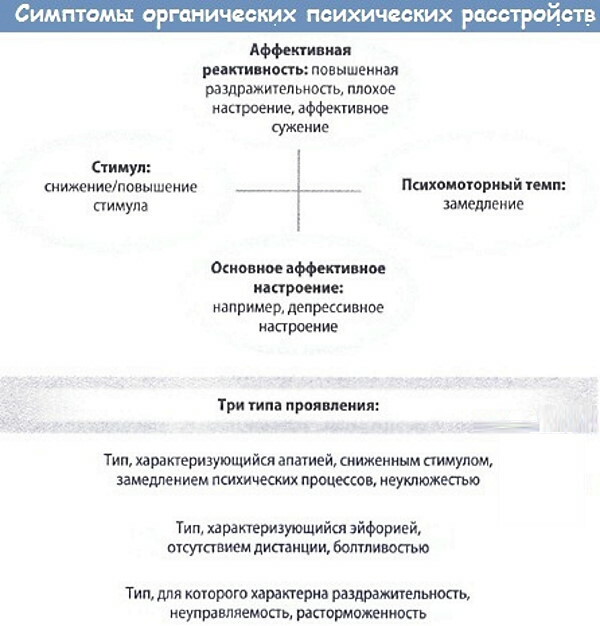
Symptoms of psychoemotional disorders include:
- impulsiveness;
- perseveration;
- aggressiveness;
- euphoria;
- lability;
- absent-mindedness;
- irritability;
- tearfulness;
- slight lethargy;
- isolation;
- anxiety;
- apathy;
- rapid fatigue.
Patients often have suicidal thoughts. They become distracted, irritable, and withdrawn. In advanced cases, patients have perseveration - they begin to obsessively repeat some movements, say aloud the same thoughts, words and demonstrate the same type of emotional reactions.
Depressive, suicidal, or manic tendencies may indicate the development of a mental illness. In this case, the intensity of the manifestation of atypical emotions increases.
Diagnostic methods
To establish the exact cause of vibration in the ear, a specialist prescribes a number of diagnostic measures that allow a diagnosis to be made.
First of all, you need to consult with doctors:
- otolaryngologist;
- cardiologist;
- neurologist;
- therapist;
- psychiatrist;
- traumatologist.
The specialist performs a physical examination (visual examination) and takes a history. He must listen carefully to the patient's complaints. After making a preliminary diagnosis (if possible), the doctor prescribes a laboratory test for the patient. It is advisable to donate blood and urine for analysis.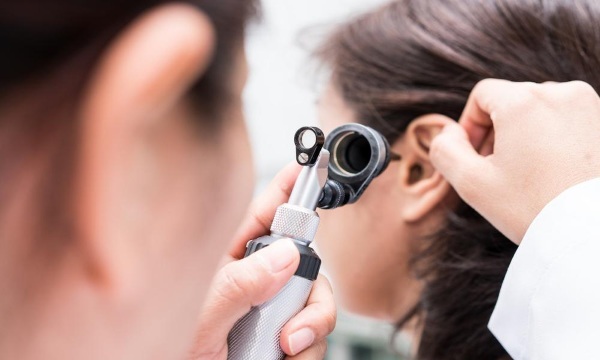
Instrumental (hardware diagnostics) of tinnitus includes the following activities:
- radiography;
- MRI;
- CT;
- cardiography;
- audiometry;
- electroneuromyography;
- electromyography;
- phonocardiography.
Based on the results of the study, the doctor makes a final diagnosis.
Treatment regimens depending on the type of disease
The pathology treatment regimen is selected individually after an accurate diagnosis has been made.
It varies depending on the type of pathology:
- Paraganglioma. The patient is prescribed surgery and / or radiation therapy. The main goal of treatment is to prevent tumor growth. Cyber and gamma knives are often used.
- Aneurysm. Surgery is usually required. Eendovascular occlusion and clipping of the aneurysm are used. The patient may be prescribed drugs that restore blood circulation.
- Sensorineural hearing loss. Surgery is indicated in severe cases. If hearing is completely absent, cochlear implantation and prosthetics are prescribed. Reflex, physiotherapy helps in the initial stages of the disease. Patients are also prescribed drugs that have antihistamines and hypotensive effects.
- Cardiovascular pathology. Medication therapy is selected individually. Surgical intervention (including organ transplant) is indicated for life-threatening conditions.
- ENT diseases. Sinusitis, otitis media, tonsillitis, pharyngitis and other pathologies of the ENT organs are treated with medication. The drugs should have anti-inflammatory, analgesic and antiviral effects.
- TBI. Antibacterial, de-escalation and escalation therapy is indicated. With the formation of an epidural hematoma, the patient is prescribed an operation.
- Osteochondrosis. Surgical intervention is indicated for compression of the spinal cord. The composition of drug therapy should include NSAIDs, muscle relaxants, analgesics, antidepressants. Massage, exercise therapy and reflexology are also quite effective.
In case of psychoemotional disorders that provoked the appearance of vibration in the ears, patients should take antidepressants and medications that have a sedative effect.
Vibration in the ears is a rather alarming sign, indicating the development of serious pathologies. Only a specialist can determine the exact cause. It is strictly forbidden to independently select a treatment regimen.
Ear vibration video
Tinnitus in one ear:



